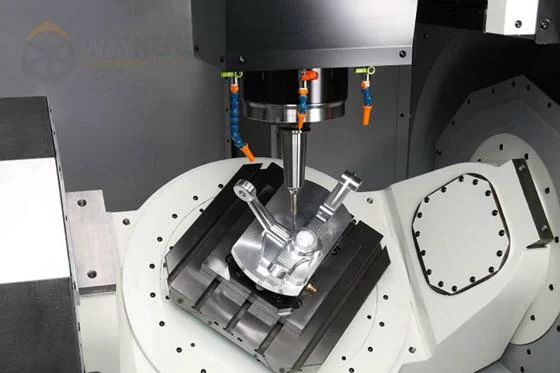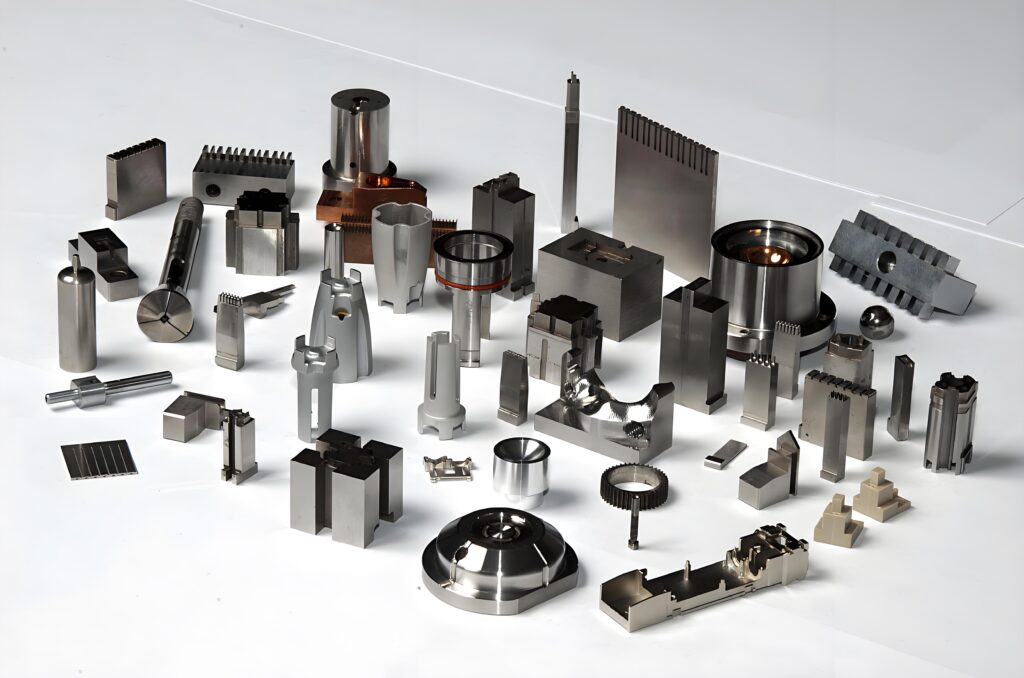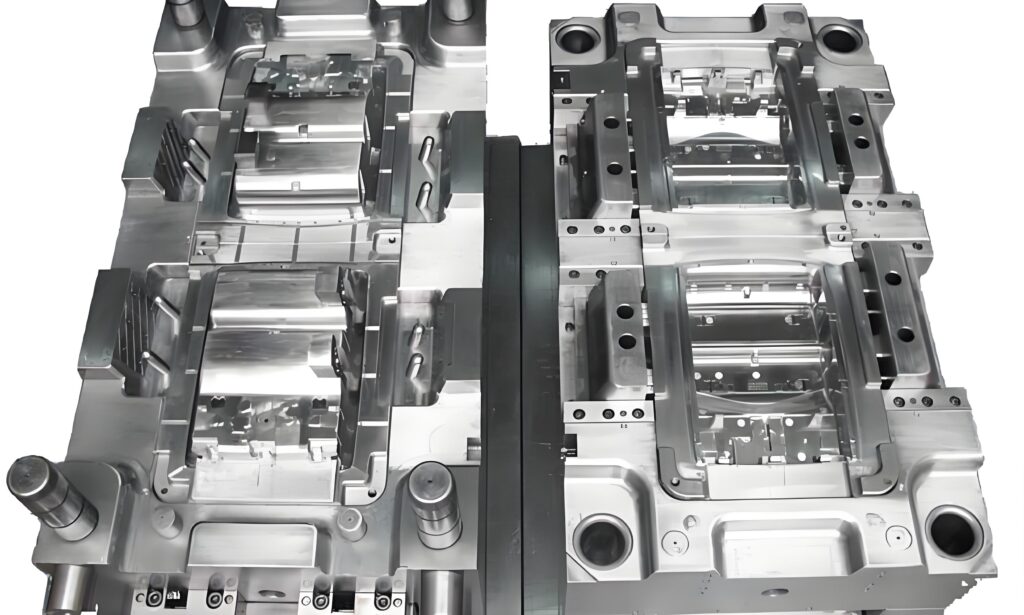The gate is a short groove with a small cross section area to connect the runner and the mold cavity. The cross-section area should be small, so the purpose is to obtain the following effects
Save the cycle time of molding
It’s easy to de-gate
After de-gate, leaving only a little resident
Make the number cavities easier to control
Reduce the over-packing pressure
Gate location and size
Place the gate at the thickest part of the product: Entering the mold from the thickest area provides better filling and packing effects. If packing is insufficient, thinner areas will solidify faster than thicker ones. Avoid placing the gate where there is a sudden change in thickness to prevent flow hesitation or short shots.
Gate from the center of the product if possible: Positioning the gate at the center of the product ensures equal flow lengths. The length of the flow affects the injection pressure required. Central gating allows for uniform packing pressure in all directions, preventing uneven volumetric shrinkage.
When plastic enters the runner, the plastic near the mold surface cools (and solidifies) first: As the plastic continues to flow forward, it merely flows over this solidified layer. Since plastic is a poor heat conductor, the solid plastic forms an insulation layer, allowing the inner plastic to remain flowable.
Therefore, ideally, the gate should be located at the middle layer of the runner to achieve optimal flow effects. This situation is most common with circular and hexagonal runners. However, trapezoidal runners cannot achieve this effect because the gate cannot be placed in the middle of the runner.
Principles for deciding gate location include:
- The material should flow evenly into all parts of the cavity.
- The flow front should remain uniform and stable during all stages of the injection process.
- Consider potential issues like weld lines, air bubbles, sink marks, voids, short shots, and jetting.
- Facilitate easy de-gating, preferably automated.
- The gate location should be coordinated with all aspects of the mold design.
There are no strict rules for designing gates, as it largely depends on experience, but two basic elements need to be balanced:
The cross-sectional area of the gate should be as large as possible, while the length of the runner should be as short as possible to minimize pressure loss as the plastic passes through.
- The gate should be narrow and thin to facilitate easy solidification and prevent backflow of excess plastic. Hence,
- The gate should be in the center of the runner, and its cross-section should ideally be circular. However, the opening and closing of the gate are usually determined by the mold components.
The optimal size of the gate can be determined by its cross-sectional area and length, influenced by:
- Flow properties of the material
- Thickness of the part
- Volume of material to be injected into the cavity
- Melt temperature
- Mold temperature



